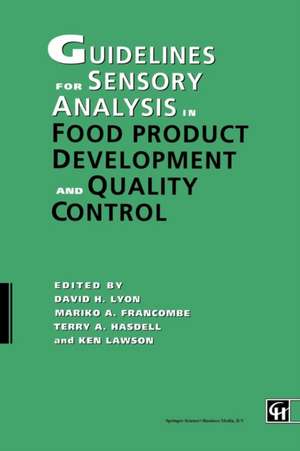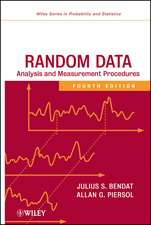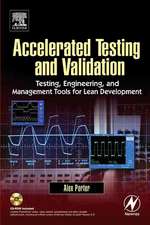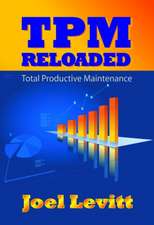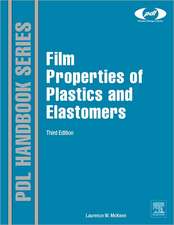Guidelines for Sensory Analysis in Food Product Development and Quality Control
Autor David H. Lyon, Mariko A. Francombe, Terry A. Hasdellen Limba Engleză Paperback – 10 noi 2012
Preț: 633.35 lei
Preț vechi: 745.11 lei
-15% Nou
Puncte Express: 950
Preț estimativ în valută:
121.19€ • 126.53$ • 100.30£
121.19€ • 126.53$ • 100.30£
Carte tipărită la comandă
Livrare economică 04-18 aprilie
Preluare comenzi: 021 569.72.76
Specificații
ISBN-13: 9781461358251
ISBN-10: 1461358256
Pagini: 152
Ilustrații: XX, 131 p.
Dimensiuni: 155 x 235 x 8 mm
Greutate: 0.22 kg
Ediția:1992
Editura: Springer Us
Colecția Springer
Locul publicării:New York, NY, United States
ISBN-10: 1461358256
Pagini: 152
Ilustrații: XX, 131 p.
Dimensiuni: 155 x 235 x 8 mm
Greutate: 0.22 kg
Ediția:1992
Editura: Springer Us
Colecția Springer
Locul publicării:New York, NY, United States
Public țintă
ResearchCuprins
1 What is sensory analysis used for?.- 2 How to use sensory analysis to meet your objective.- 3 What samples are being analysed?.- 4 Who are the right people for sensory analysis?.- 5 Experimental design and data analysis.- 6 Putting sensory analysis into practice.- 7 Reporting and recording.- 8 Case history: Shelf-life studies.- 9 Case history: Product matching.- 10 Case history: Product matching achieved through product mapping.- 11 Case history: Taint investigation.- 12 Case history: Taint prevention.- 13 Case history: Specification and quality control.- Appendix: Some useful tables for sensory tests.- Glossary of terms used in sensory analysis.
